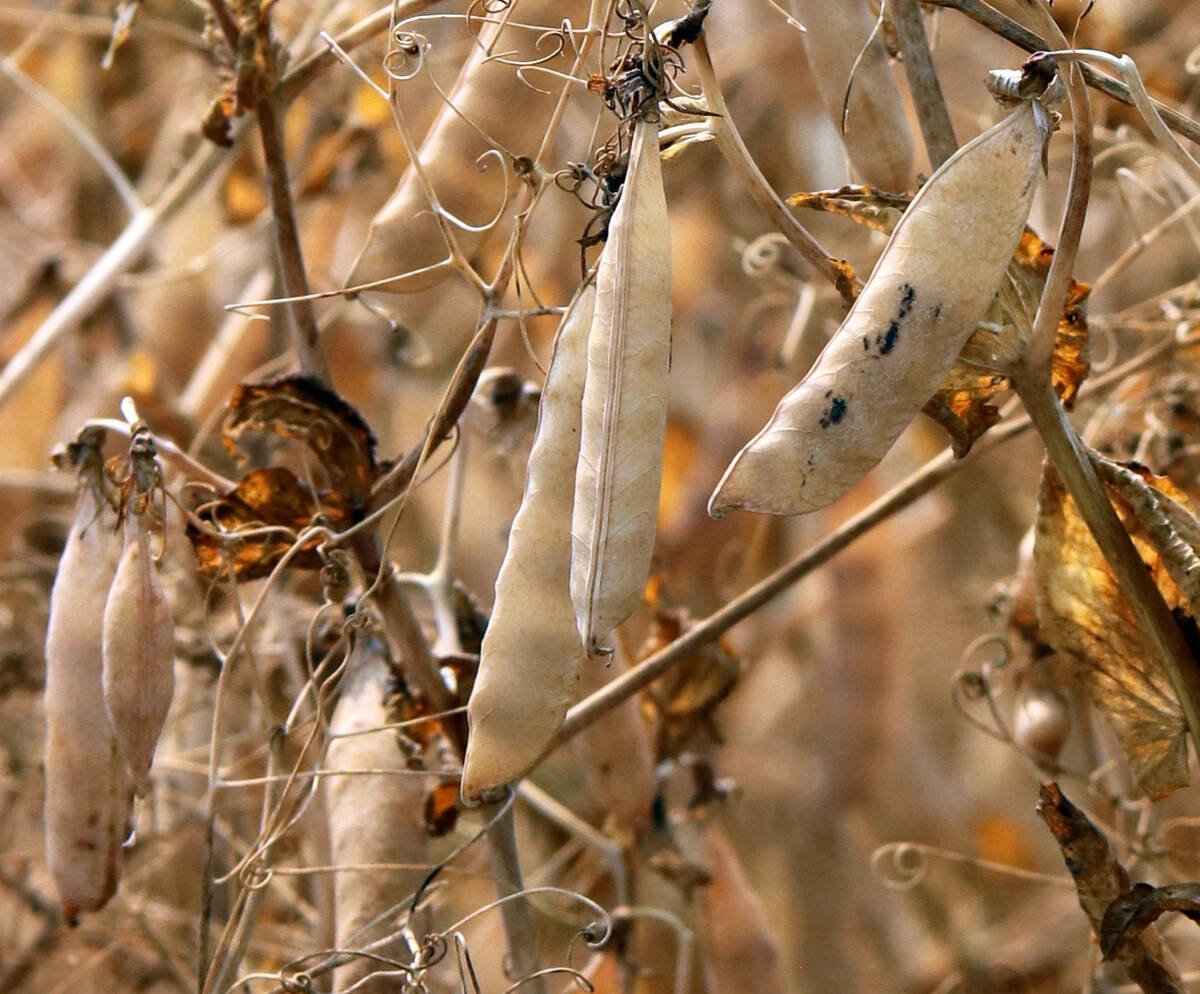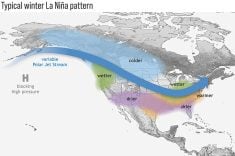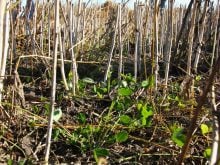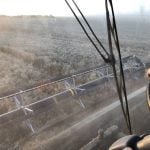Agriculture Canada researchers have discovered that a liquid formulation can be used to deliver nitrogen-fixing pea inoculant into seed rows.
Byron Irvine of the Brandon Research Centre and Guy Lafond of the research farm at Indian Head, Sask., say that soybean producers commonly use this method to provide the most effective strains of nitrogen-fixing bacteria, or rhizobia. However, similar information on delivery and dose has not been available for field pea production.
The scientists found that rhizobia suspended in water can successfully be applied as a sideband to field peas using conventional liquid fertilizer equipment. Registration of this application method is anticipated for the 2001 planting season.
Read Also

Trump’s tariffs take their toll on U.S. producers
U.S. farmers say Trump’s tariffs have been devastating for growers in that country.
They also studied the effect of phosphate fertilizer on the viability of rhizobia. In-row application with a 50 percent solution of water and 10-34-0 fertilizer reduced the number of viable rhizobia suspended in the tank by 50 percent.
Scientists are studying another application method whereby rhizobia are injected into the manifold just before planting.
Results are encouraging, but more research is needed to develop a safe method of applying rhizobia with phosphorus solution.
Inoculating field peas with the correct strain of rhizobium bacteria is essential for optimum nitrogen fixation and crop yield. Liquid rhizobial suspensions applied to the seed can work well, but are subject to desiccation. Granular inoculants are convenient and effective if a separate metering system is available, but most producers lack the necessary equipment. Since many pea growers already own liquid fertilizer systems, researchers decided to evaluate sideband application of rhizobia in a suspension with water.
Trial method
Trials were conducted on heavy-textured soils at Brandon and Indian Head.
Soil moisture was good to excellent. Granular and liquid formulations were applied roughly 2.5 centimetres below and 2.5 cm to the side of the seed row in the same location as phosphorus fertilizer.
The granular form of rhizobium leguminosarum biovar vicea was applied at 20 and 50 million cells per sq. metre of seeded area, while the liquid formulation was applied at 115, 157, and 315 million cells per sq. metre of seeded area. The trials included a treatment where rhizobia were applied as liquid on the seed, and a no-rhizobia check.
Liquid formulations were delivered in a water suspension of 8.5 gallons per acre. All forms of inoculation increased seed yield over the non-inoculated check by 11-13 percent, with yield ranging from 40-60 bushels per acre.
There were no significant differences in nodulation due to the method of inoculation.
The granular and liquid systems performed similarly at both sites.














